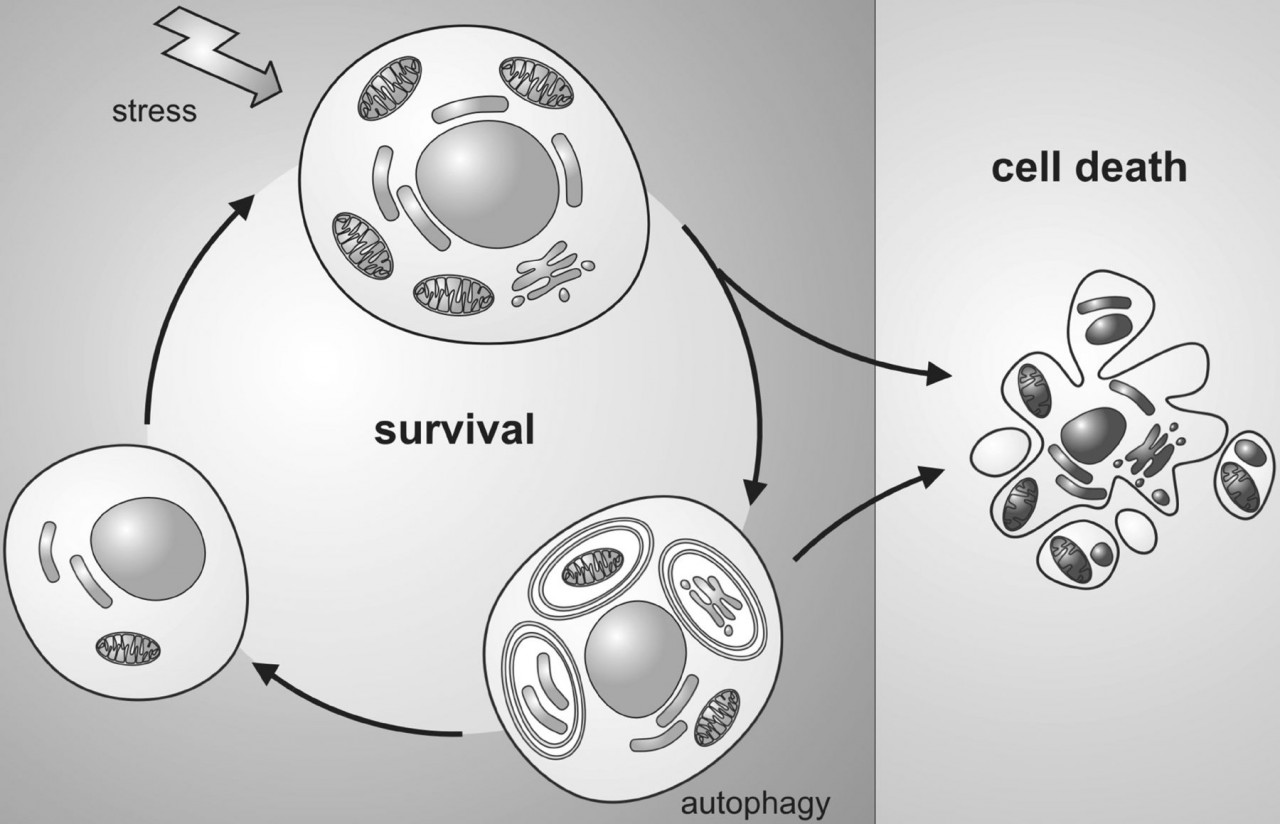
In a study published in Current Biology today, researchers from King's College London uncovers the precise mechanisms by which autophagy leads to cell death. The study used a mouse model for the polyglutamine disease dentatorubral-pallidoluysian atrophy (DRPLA), progressive acquirement of an ataxic phenotype linked to severe cerebellar cellular pathology, characterized by nuclear degeneration through nucleophagy-based LaminB1 degradation and excretion.
DRPLA is caused by the expansion of a CAG stretch in the ATROPHIN-1 (ATN1) gene. Patients display ataxic and choreoathetoid symptoms as well as myoclonus, generalized epilepsy, and dementia with extensive cellular degeneration found in the basal ganglia (e.g., the globus pallidus, GP), brainstem (e.g., the red nucleus, RN), and cerebellum (primarily in the dentate nucleus, DN).
The experiments revealed that a "progressive stall" and then a "chronic block" occur in autophagy, in certain disease-specific areas of the brain. In this "persistent stall," the brain cells get "confused" and try to maintain a normal homeostasis through alternative molecular pathways, or routes. The alternative cell clearance process depletes the cell of material, damaging its nucleus and cytoplasm and leaving behind cell corpses with a fragile nucleus and thin cytoplasmic layer leading to cell atrophy and degeneration.
Citation:
http://www.cell.com/current-biology/fulltext/S0960-9822(17)31391-X
Stall in Canonical Autophagy-Lysosome Pathways Prompts Nucleophagy-Based Nuclear Breakdown in NeurodegenerationBaron, Olga et al.Current Biology , Volume 0 , Issue 0 ,
Further reading:
Ebrahimi-Fakhari D, Wahlster L, Hoffmann GF, Kölker S (2014) Emerging role of autophagy in pediatric neurodegenerative and neurometabolic diseases.Pediatr Res 75 (1-2):217-26. DOI: 10.1038/pr.2013.185 PMID: 24165736.
THE CELLULAR PROCESS OF AUTOPHAGY AND CONTROL OF AUTOPHAGY IN NEURONS
Read More: http://www.worldscientific.com/doi/abs/10.1142/9789814350457_0001
Noboru Mizushima
Zhenyu Yue
Autophagy is a cell self-digestive, lysosomal degradation pathway. The three subtypes of autophagy, macroautophagy, microautophagy and chaperone-mediated autophagy, differ in the way that materials are delivered to the lysosomes for degradation. While recent studies reveal that the cellular process of macroautophagy (involving critical steps such as formation, trafficking, fusion and degradation of autophagosomes) is evolutionarily conserved from yeast to mammals, the regulation and functional adaptation of autophagy in various cells and tissues is poorly understood. This chapter provides an overview of what is known about autophagy machinery and highlights the recent findings of autophagy regulation in neurons. Elucidation of neuronal autophagy function will ultimately aid in drug target identification and perhaps lead to a rational therapeutic strategy to combat neurodegenerative diseases.
Read More
- Details
- ICNA
- News
- Hits: 957
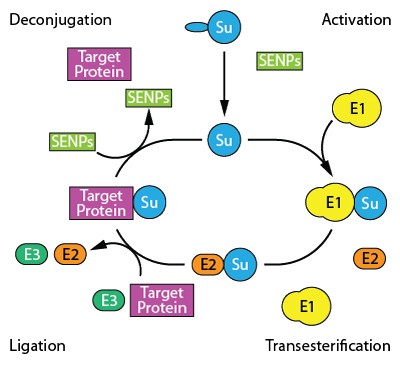
In a study published in The FASEB Journal a team of NIH-funded scientists reports on a potential drug that could be protective in ischemic stroke patients.
The clue for the study came from observations in hibernating ground squirrels. In these animals there is a dramatic reduction of cerebral blood flow during hibernation, yet they emerge from their sleep without any ill effects at all.
The researchers observed that a cellular process called SUMOylation goes into overdrive in a certain species of ground squirrel during hibernation. They suspected this might be the mechanism by which the animals' brains survived the reduced blood flow caused by hibernation, and subsequent experiments in cells and mice confirmed this suspicion.Reference:
Bernstock et al. Quantitative high-throughput screening identifies cytoprotective molecules that enhance SUMO-conjugation via the inhibition of SUMO-specific protease (SENP)2. The FASEB Journal. November 16, 2017. doi: 10.1096/fj.201700711R.

SUMOylation: A Post-translational Modification Targeting Cytoskeletal Proteins
Read More
- Details
- ICNA
- News
- Hits: 1106
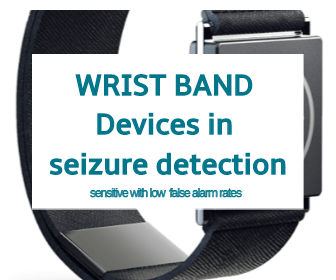
New research published in Epilepsia, a journal of the International League Against Epilepsy (ILAE), indicates that wristband devices may improve the detection and characterization of seizures in patients with epilepsy.
In their attempts to develop a better monitoring method, Giulia Regalia, PhD and Francesco Onorati, PhD, of Empatica Inc. in Milan, Italy and Cambridge, Massachusetts, and their colleagues examined the potential of automated, wearable systems to detect and characterize convulsive epileptic seizures. The researchers used three different wristbands to record two signals -- called electrodermal activity and accelerometer signals -- that usually exhibit marked changes upon the onset of convulsive seizures, obtaining 5928 hours of data from 69 patients, including 55 convulsive epileptic seizures from 22 patients.
The wristband detectors showed high sensitivity (95% of seizures were detected) while keeping the false alarm rate at a bearable level (on average, one false alarm every four days), which improves a pioneering 2012 study led by MIT professor Rosalind Picard, now chief scientist at Empatica.
In addition to detecting seizures, the method also revealed certain characteristics of the seizures, which may help alert clinicians and patients to seizures that are potentially dangerous and life-threatening.
"Multi-center clinical assessment of improved wearable multimodal convulsive seizure detectors." Francesco Onorati, Giulia Regalia, Chiara Caborni, Matteo Migliorini, Daniel Bender, Ming-Zher Poh, Cherise Frazier, Eliana Kovitch Thropp, Elizabeth D. Mynatt, Jonathan Bidwell, Roberto Mai, W. Curt LaFrance, Jr., Andrew S. Blum, Daniel Friedman, Tobias Loddenkemper, Fatemeh Mohammadpour-Touserkani, Claus Reinsberger, Simone Tognetti, and Rosalind W. Picard. Epilepsia; Published Online: October 4, 2017 (DOI: 10.1111/epi.13899).
Read More
- Details
- ICNA
- News
- Hits: 1373
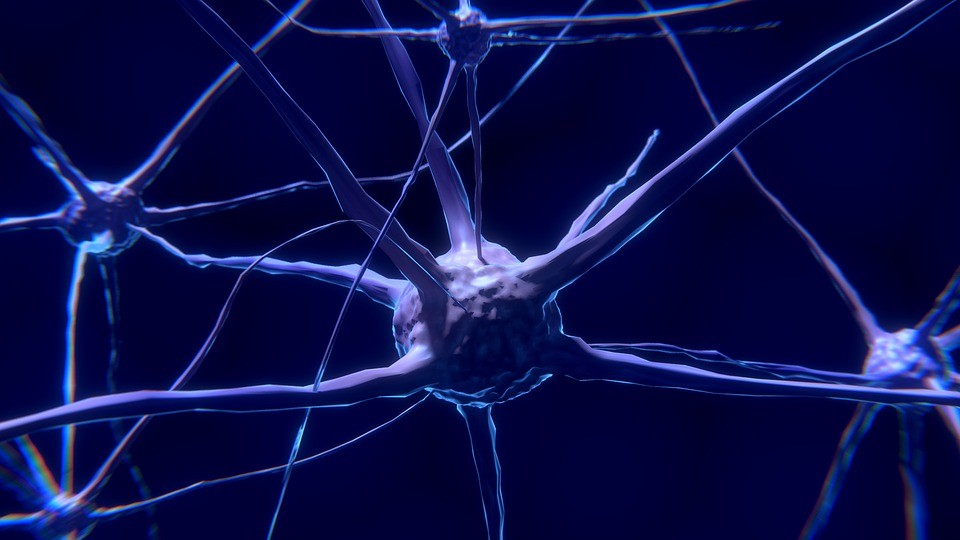
This largest whole-genome sequencing study on epilepsy was piloted by Jacques Michaud, Pediatrician at CHU Sainte-Justine and Professor of Pediatrics and Neuroscience at the Faculty of Medicine of Université de Montreal and his colleagues, Elsa Rossignol and Patrick Cossette of Universite de Montréal and Berge Minassian of the University of Toronto.
The team identified eight new genes involved in this type of epilepsy thanks to their use of whole-genome sequencing, which had never been done before in an epileptic study of this scope. The results of their study were recently published in the American Journal of Human Genetics. The researchers have identified a causal link between Developmental and Epileptic Encephalopathy (DEE) and the following genes: NTRK2, GABRB2, CLTC, DHDDS, NUS1, RAB11A, GABBR2, and SNAP25. Developmental and epileptic encephalopathy (DEE) is a group of conditions characterised by the co-occurrence of epilepsy and intellectual disability (ID), typically with developmental plateauing or regression associated with frequent epileptiform activity.
This discovery has further-reaching implications. In the context of epilepsy de novo mutations seem to involve mechanisms of gene disruption that are unlike those involved in intellectual disability. Mutations in epilepsy tend to affect specific areas of the gene, whereas mutations associated with intellectual disability are more often distributed throughout the entire gene.Knowledge of these mechanisms of action is crucial for the development of personalised epilepsy treatments. However, much more work is needed before these treatments can be harmonised with patients' genetic profiles.
Source: AAAS
High Rate of Recurrent De Novo Mutations in Developmental and Epileptic Encephalopathies
Hamdan, Fadi F. et al.The American Journal of Human Genetics , Volume 101 , Issue 5 , 664 - 685
http://dx.doi.org/10.1016/j.ajhg.2017.09.008
Read More
- Details
- ICNA
- News
- Hits: 979
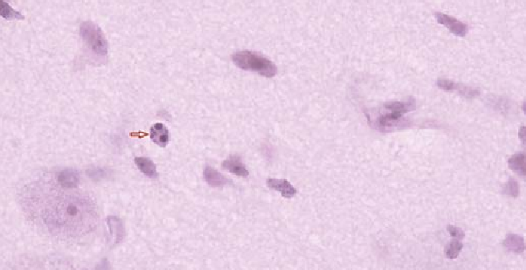
In a study published in Neonatology on Oct. 13, 2017, researchers from George Washington University, Washington, DC using newborn piglet models exposed to hypoxia-ischemia studied the ffect of standard cooling therapy (therapeutic hypothermia) alone and in combination with a selective Src kinase inhibitor, PP2, that blocks a regulatory enzyme of apoptosis (cell death). PP2 is a substance that has frequently been used in cancer research as a "selective" inhibitor for Src-family kinases.
This study is the first to test the benefits of blocking this enzyme in reducing the neurological damage caused by brain hypoxia-ischemia. A Src kinase inhibitor is already approved by FDA as an oncology treatmentIn hypoxia-ischemia, CaM kinase is over-activated, but hypothermia has been shown to decrease this enzyme's activation. They hypothesized that a Src kinase inhibitor, in addition to hypothermia, would further attenuate the activation of CaM kinase IV and that the result might be less brain damage.
The research team assessed neuropathology, adenosine triphosphate and phosphocreatine concentrations as well as CaM kinase IV activity. The CaM kinase IV activity in cerebral tissue was 2,002 (+/- 729) with normal oxygen levels and in normal temperatures, 4,104 (+/- 542) in hypoxia with hypothermia treatment, and 2,165 (+/- 415) in hypoxia with hypothermia treatment combined with PP2 administration.
The authors conclude that hypothermia alone attenuated the over-activation of CaM kinase IV and improved neuropathology after hypoxia. However, the combination of hypothermia with Src kinase inhibition following hypoxia further attenuated the increased activation of CaM kinase IV, compared with hypothermia alone in the newborn swine brain.
At present therapeutic hypothermia remains the mainstay of treatment for hypoxia-ischemia is .This therapy is proven to reduce neural defects by up to 30 percent, yet many infants still have poor outcomes even after the therapeutic cooling treatment.
If confirmed by further studies, this approach in combination with cooling may help to further attenuate neurological damage following hypoxic ischemic injuries.
The group intends to study the effect of other types of small molecule inhibitors to target the apoptotic cascade.
Effect of Concurrent Src Kinase Inhibition with Short-Duration Hypothermia on Ca2+/Calmodulin Kinase IV Activity and Neuropathology after Hypoxia-Ischemia in the Newborn Swine Brain
Kratimenos P et al. Neonatology 2018;113:37-43
https://doi.org/10.1159/000480067
Read More
- Details
- ICNA
- News
- Hits: 952